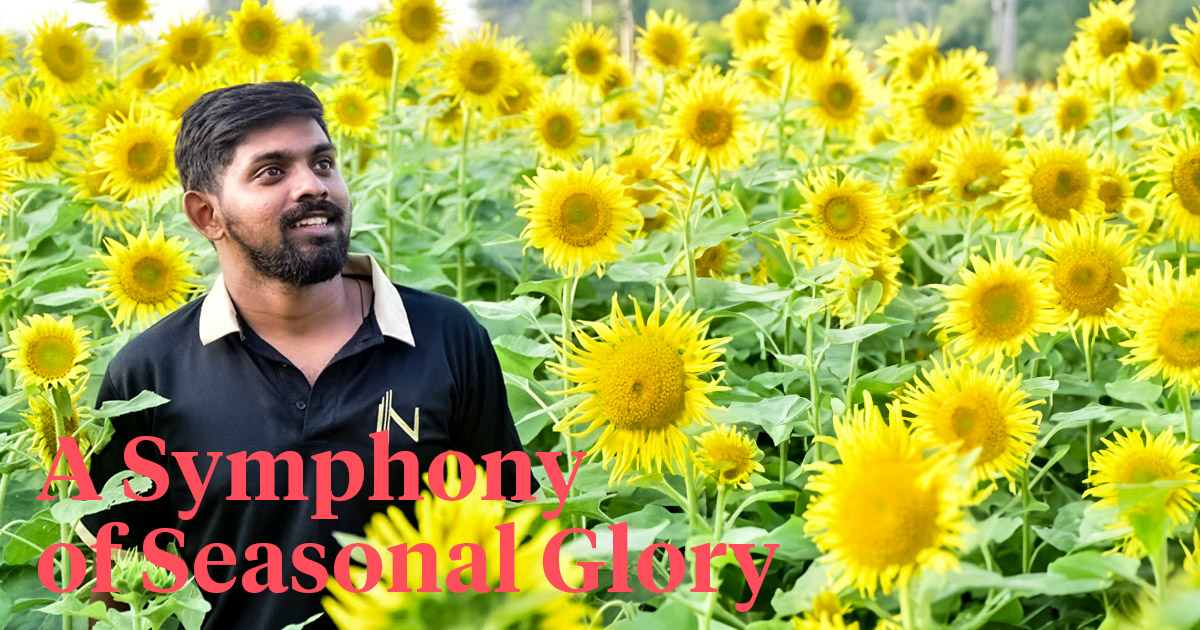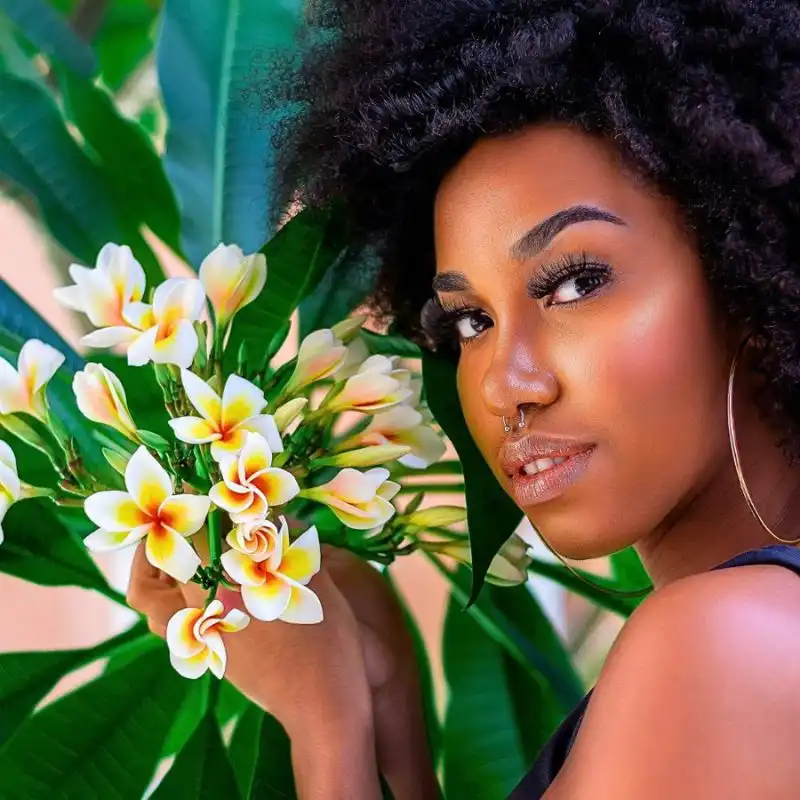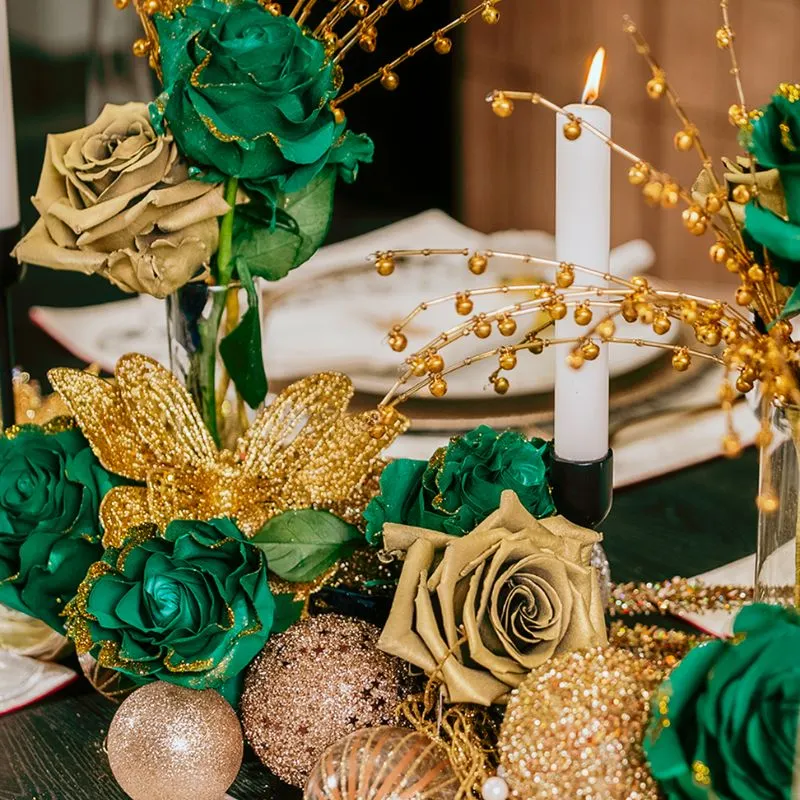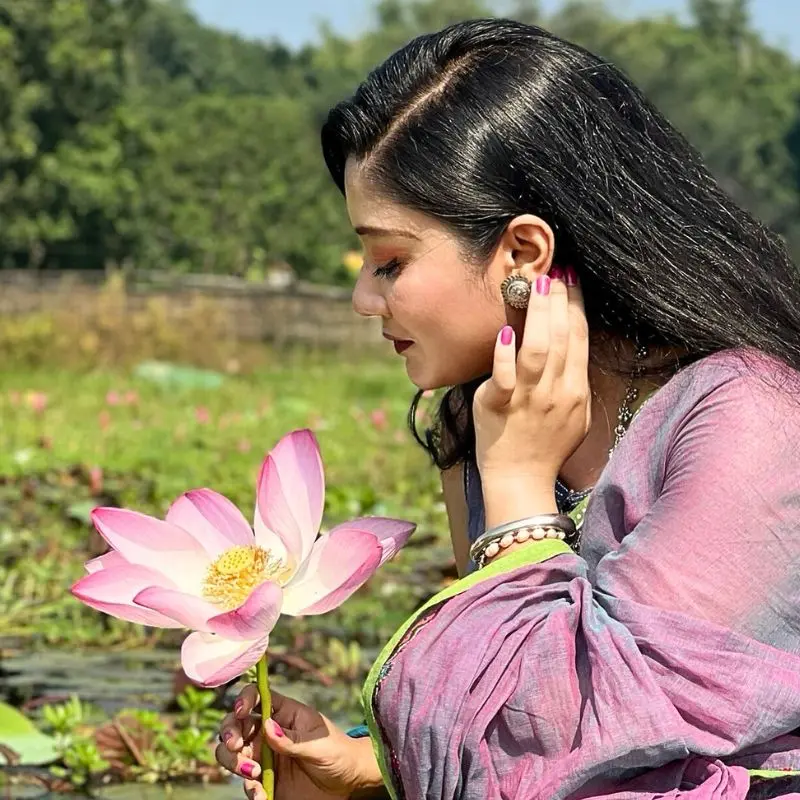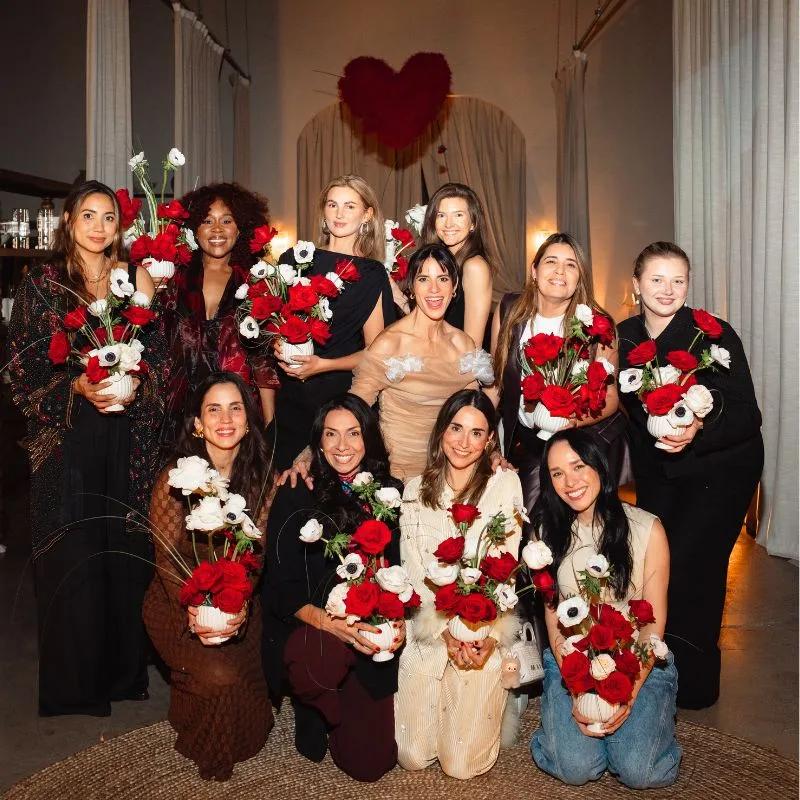India's Meteorological Department (IMD) follows the international standard of four seasons with some local adjustments: winter (December to February), summer (March to May), monsoon or rainy season (June to September), and a post-monsoon period (October and November). So, unlike many countries in the northern hemisphere, summer starts already in March!
In India, summer is a vivid spectacle, not just a season. It’s a canvas painted in earthy browns, bright yellows, sky blues, and lush greens, animated by the kaleidoscopic burst of mangoes, sunflowers, and bougainvilleas.
The Interplay of Culture and Flora - Festival and Flowers
In India's vibrant summers, festivals like Holi and Vaisakhi (also pronounced as Baisakhi) dazzle with cultural richness. Flowers, especially the jasmine in the south and the revered lotus in the east, are more than adornments — they symbolize India's deep-rooted bond with nature. Amidst the scorching sun, the nation's spirit thrives, celebrating a harmonious blend of flora and festivities.
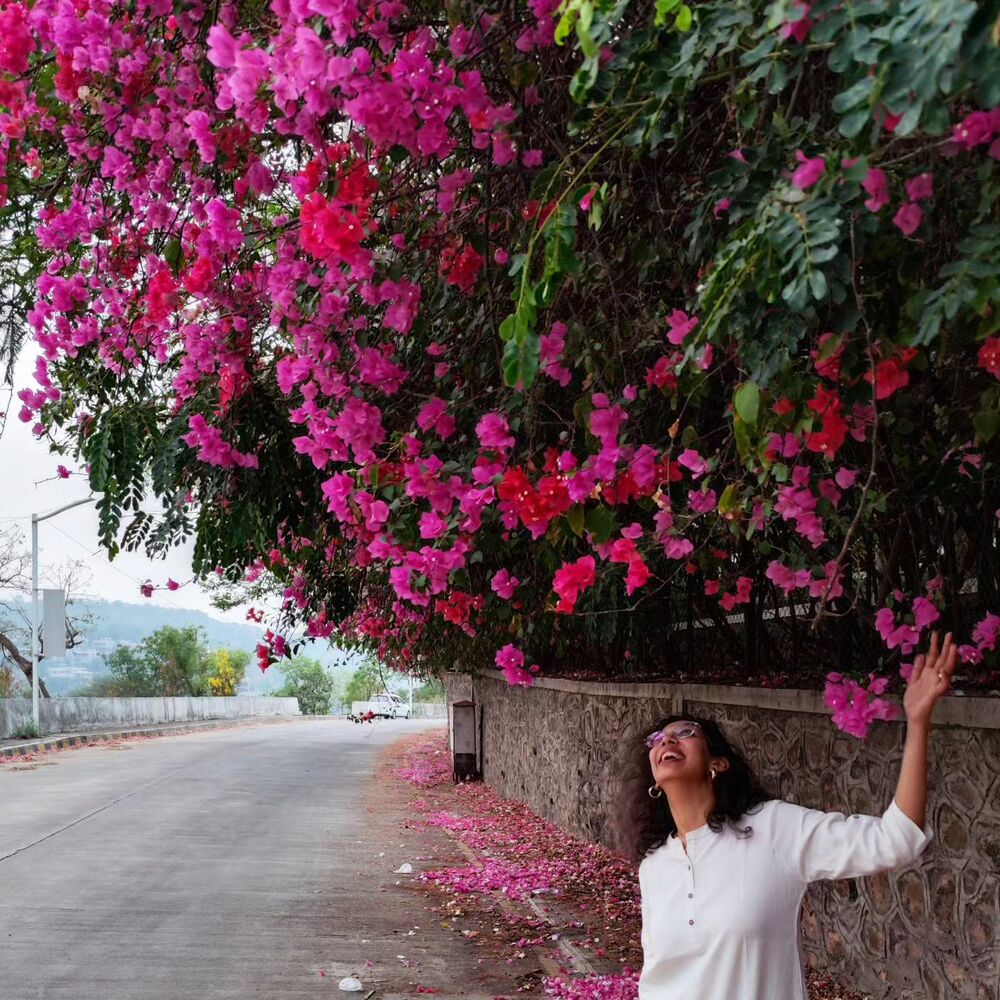
The Summer Flowers of India - A Symphony of Seasonal Glory
As summer in India blazes on, casting its intense and sometimes relentless heat across the vast peninsular landscape, nature responds in the most enchanting way possible — through the burst of colors and fragrances of summer flowers.
These flora don't merely stand as aesthetic symbols against the scorching sun, they provide a narrative of tradition, spirituality, and unity, striking harmony between the human soul and nature both visually, and symbolically.
In the midst of the sweltering heat, these flowers offer an oasis of beauty and symbolism, acting as metaphors for various elements of life-purity, love, passion, and hope.
A Symbol of Purity - Lotus
In Indian mythology, the lotus is more than just a flower — it's a divine emblem of purity, enlightenment, and cosmic balance. Worshipped by deities like Brahma, Lakshmi, and Vishnu, it's steeped in sacred significance.
Yet, its allure isn't just symbolic; it's culinary too. Transformed into sweets, savories, and ethereal garnishes, the lotus graces Indian tables, making each dish a feast for both the soul and senses.
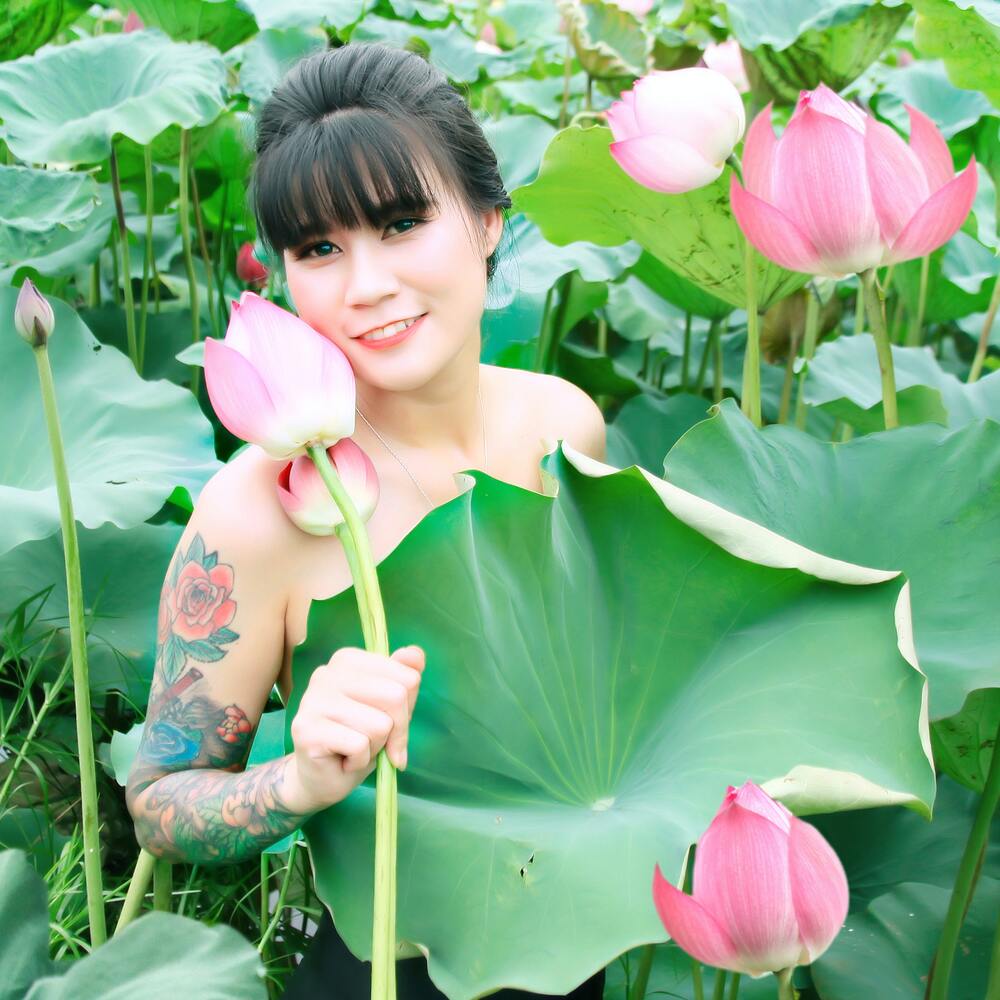
The Fragrance of the Night - Tuberose (Rajnigandha)
As dusk descends on Indian summers, Rajnigandha or Tuberose unfurls its fragrant aria, making the night air heady like a whispered secret.
Adorning garlands at weddings and festivals, its scent — a mix of jasmine and gardenia — captures the essence of timeless Indian nights, turning each moment into a nostalgic reverie.
The Sun Worshipper - Sunflower
The sunflower, or Helianthus, a radiant symbol of the Indian summer, epitomizes energy and hope with its sun-seeking golden face. Beyond its cheer, its seeds offer rich nutrition, often toasted or milled for diverse dishes. Recently, sunflower oil has risen as a vital staple in Indian cuisine, marrying tradition with health benefits.

The Paper Flower - Bougainvillea
The bougainvillea is summer's firework, draping walls and arches in vivid bursts of pink and orange. Nicknamed the 'Paper Flower,' its delicate bracts belie a sun-loving resilience.
Easily molded into trellises or pots, its colorful flamboyance serves as both garden sculpture and festive decor.
Symbol of Sunlit Passion - Marigold
In India, no religious or cultural ceremony feels complete without the presence of the resplendent Marigold. Its vibrant shades ranging from golden-yellow to deep orange, are synonymous with the sun — a symbol of life and energy.
The garlands made from Marigolds are a common sight during weddings, festivals, and rituals decorating homes, temples, and even vehicles. With a distinct, lingering fragrance that sanctifies India's summer, marigolds create an atmosphere of sanctity and celebration wherever they are displayed.
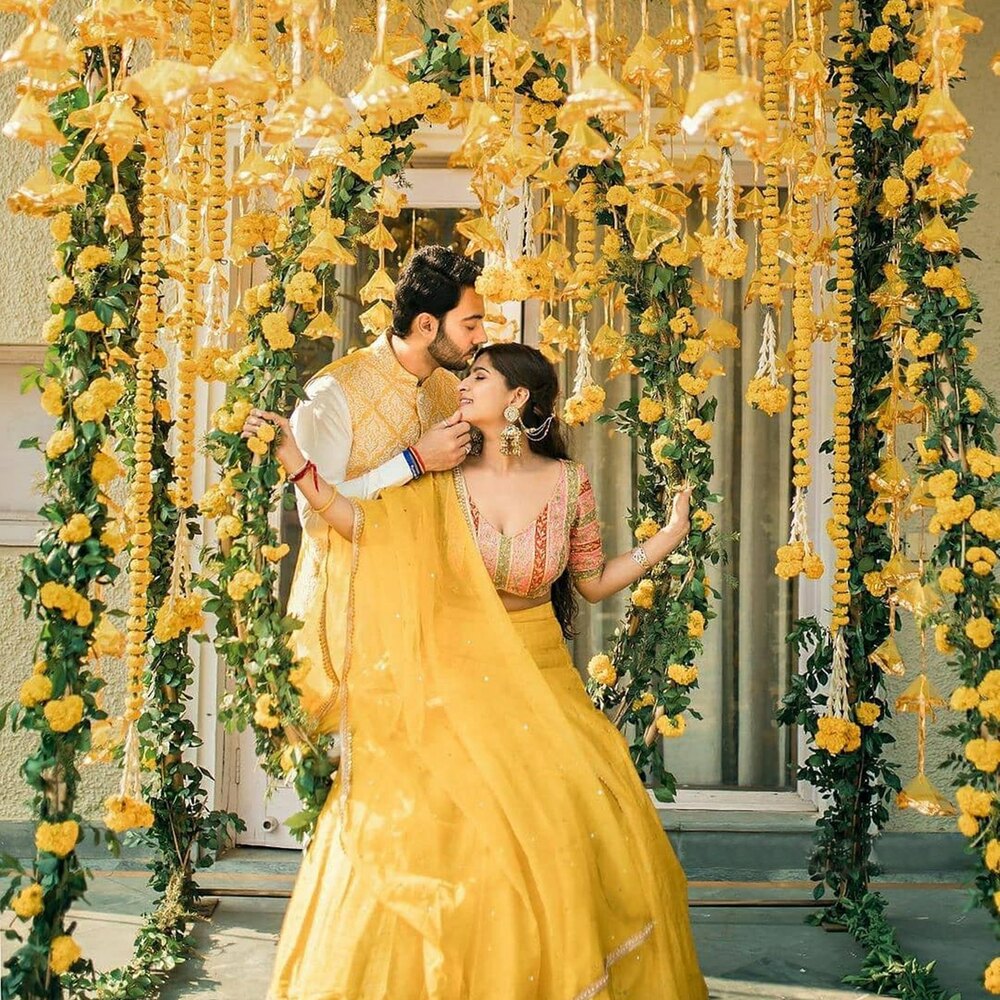
Echoes of Tradition and Reverence - Hibiscus
Rooted deep in tradition, the hibiscus reverberates with the songs of traditions and reverence holding religious significance, especially in the worship of Goddess Kali offered as a symbol of devotion.
Its extracts serve as an essential ingredient in Ayurveda, the traditional system of Indian medicine, finding its place in hair care remedies, and even culinary preparations, truly echoing the multifaceted relationship between nature and culture in India.
Captivating Fragrance - Jasmine
In the understated elegance of Jasmine lies an intoxicating allure. This simple flower, deeply rooted in Indian culture, symbolizes purity and divine hope.
Beyond its poetic references, jasmine’s association with love shines in bridal bouquets and fragrant hair adornments. Capturing the heart of Indian summers, it's a delicate balance of boldness and charm.
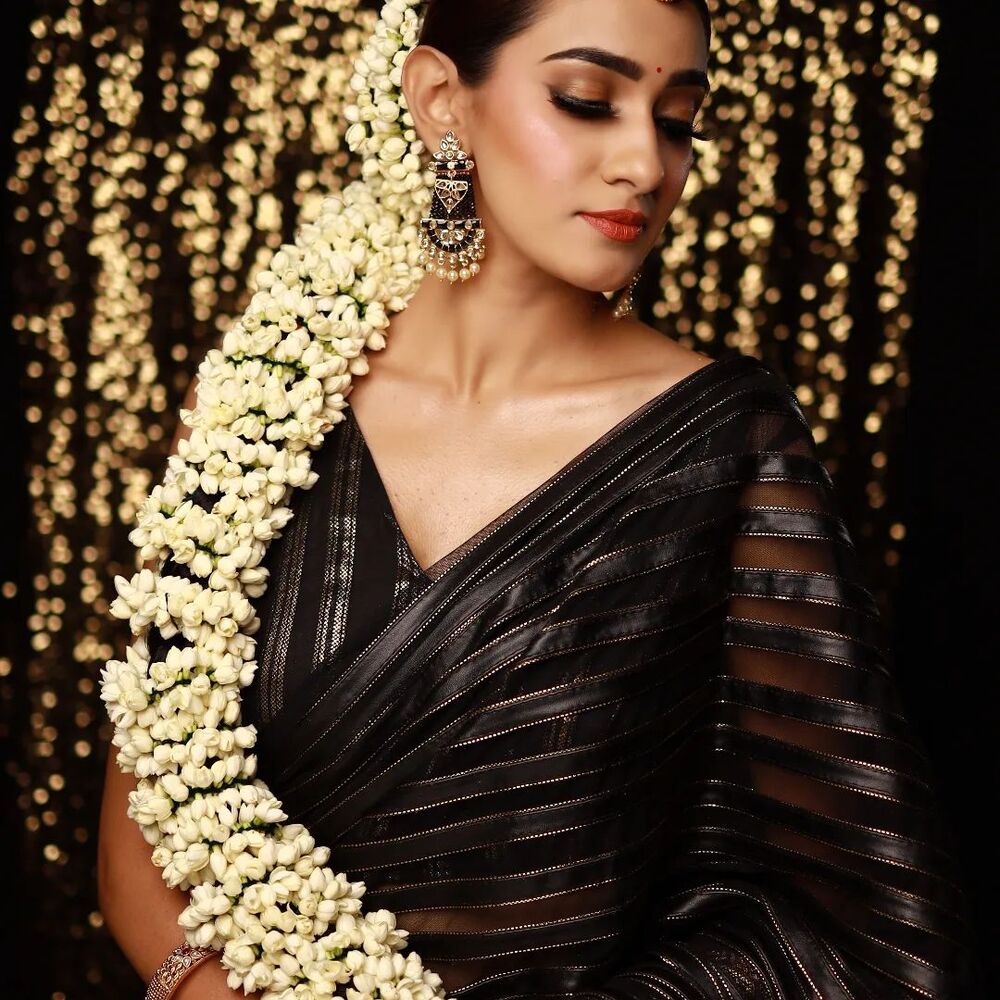
Tropical Elegance - Plumeria (Frangipani)
In Indian folklore, Plumeria stands as a symbol of immortality, its intoxicating scent and sun-hardy nature echoing our eternal spirit. Adorning gods in legendary tales, its petals enhance divine beauty.
Blooming in summer, these five-petaled gems grace gardens and streets, their ethereal fragrance and tropical allure serving as a slice of paradise on Earth.
Everlasting Beauty in the Scorch - Rose
A flower that needs no introduction, the rose captivates every heart. Even in the intense Indian summers, varieties like the Damask rose, Multiflora, Noisette, and Desi Gulab thrive. Symbolizing love, passion, and beauty, the rose has a unique allure that transcends seasons.
In Indian traditions, roses often grace the hands of deities, signifying divine love and blessings. It's not uncommon to see them woven into garlands for weddings, where they represent the eternal bond and beauty of love amidst life's challenges.

An Aromatic Allure - Champa (Magnolia Champaca)
Magnolia Champaca, its botanical name, is the golden glory of Indian summers. Its vibrant yellow petals and surreal aroma make it one of the most beloved flowers in Indian traditions. A common motif in Indian literature, Champa is often associated with love and longing, a symbol that carries immense emotional weight.
In traditional practices, Champa is often used in rituals and offerings, and its scent is believed to please the gods. As the gentle breeze of dusk carries the aroma, it whispers tales from ancient India - of lovers united under its shade, and poets lost in its allure.
Flamenco of the Streets - Gulmohar (Flamboyant)
The Gulmohar, aptly nicknamed the 'Flamboyant,' dances with the wind like a flamenco performer, its vivid red and orange petals embodying India's vibrant spirit.
In a nation where color heralds celebration, the Gulmohar is a living tapestry of zeal and resilience, proclaiming that life should be lived vividly, come what may. Its blossoms are more than a spectacle; they are a radiant echo of a culture rich in passion and dynamism.
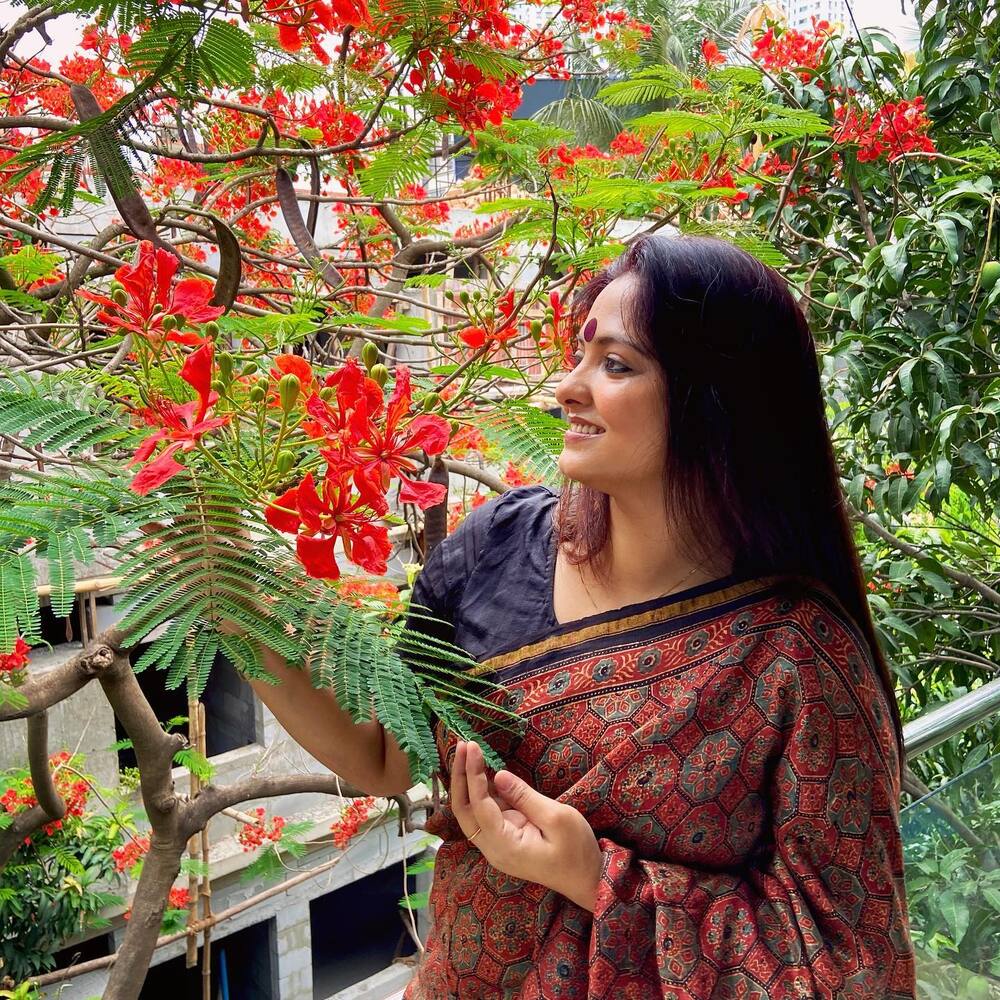
Nature's Palette - Lantana
Lantanas embody the resilience and diversity of India. Braving the harshest sun, they thrive where others falter, radiating hues from bright yellows to fiery reds, echoing India's multicultural tapestry.
Their vibrant petals seem to host a miniature carnival, celebrating life and color even in adversity. Like India, Lantanas remain unbowed, ever vibrant.
The Rain Awaiters - Balsam
Balsam flowers dance on tiptoes, their hues a prelude to the monsoon's symphony. As India's sun intensifies, they don't wilt; they crescendo in vivid anticipation.
To those enduring the scorching heat, Balsam isn't just flora—it's a kindred spirit, a poetic emblem of life's cycles. Together, they await the rain's first drop, a cue for the earth to dance in petrichor and green.
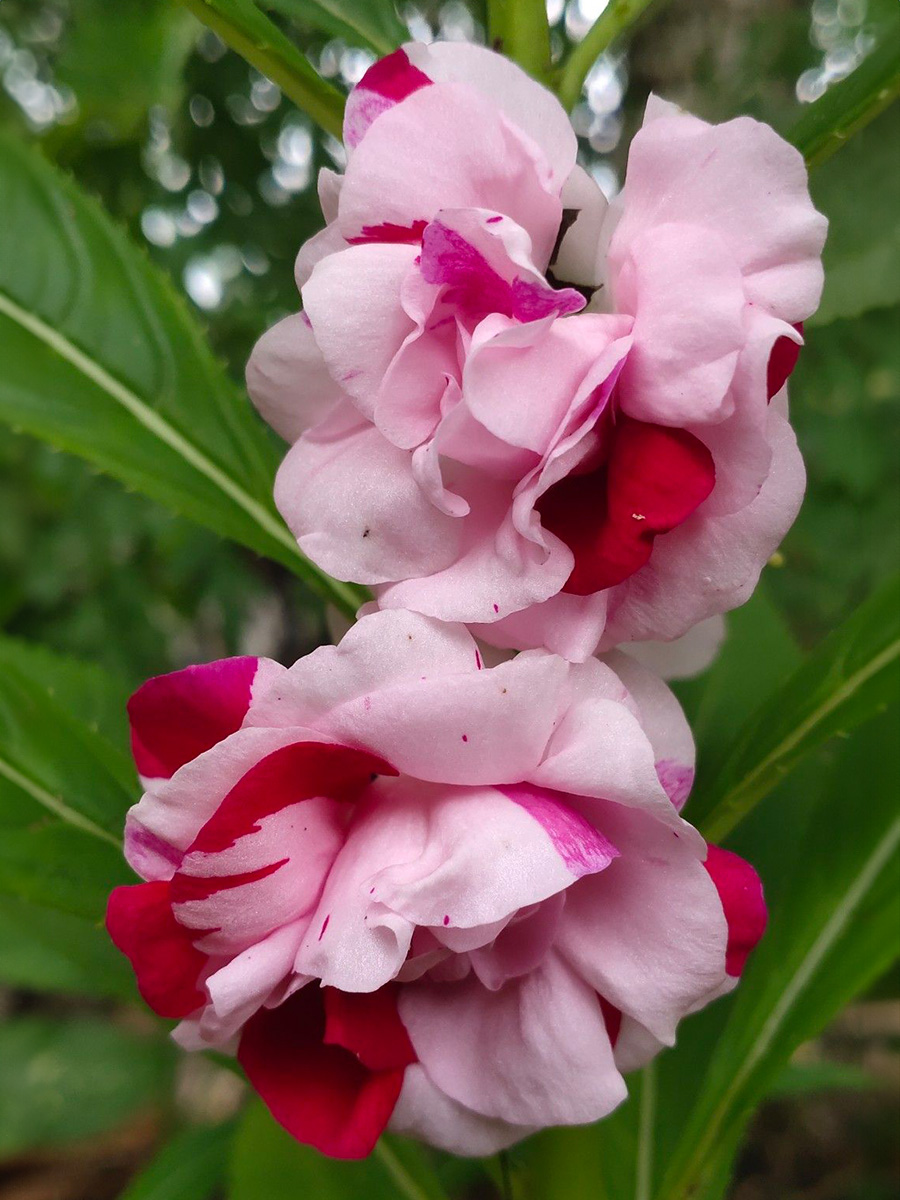
Beyond the Aesthetics - The Health Benefits of Summer Flowers
India, being a land of diverse traditions, not only celebrates the visual appeal of its summer flowers but also reveres their myriad health benefits. From the holistic perspective of Ayurveda to the wisdom down through generations, flowers hold an indispensable role in India's wellness culture. Let's take a look at a few:
- Lotus: Rich in antioxidants and vitamins, Lotus seeds are believed to improve digestive health and combat stress. The roots are often consumed in salads, packed with nutrients that can fortify your immune system.
- Tuberose: Besides its seductive nocturnal fragrance, tuberose is also known for its anti-inflammatory properties. Its essential oil is often used in aromatherapy to alleviate stress and induce tranquility.
- Sunflower: The seeds are a healthy snack, rich in Vitamin E, which is essential for maintaining good skin. Sunflower petals are infused in balms and ointments for their antiseptic properties, aiding wound healing.
- Jasmine & Hibiscus: While Jasmine tea is revered for its calming effects and potential to lower blood pressure, Hibiscus tea is often recommended for its Vitamin C content and the ability to lower cholesterol levels.
- Plumeria: Known in Ayurveda for its anti-inflammatory and antioxidant properties.
- Balsam: Balsam extract is used in traditional remedies for skin diseases.
Gardening in the Indian Summer - Nurturing the Blooms
Summer in India, an enchanting season of intensity and fervor, carries with it a rhythm that speaks of vibrant colors, sweltering afternoons, and a magnetic allure that draws both flora and human spirits alike.
In this season, the canvas of nature transforms and so must our approach to gardening, particularly in the backdrop of India's diverse climates and rich floral biodiversity.
Crafting Your Personal Floral Summer Experiences
Creating your own floral oasis during India's vibrant summer is like composing a personal symphony, each bloom playing a unique note that resonates with your soul. Start with a summer floral journal to understand your garden's potential and your own preferences.
Perhaps a Lotus pond serves as your spiritual haven, while Marigolds add festive zest indoors. Factor in maintenance, as the joy of caregiving, is part of the allure. Unleash your artistic side with floral mandalas, or explore edible floral delights if you're a foodie.
In the end, each petal, scent, and hue becomes a curated element in your own immersive, Indian summer masterpiece.
Header Image by @abhijithaandrews, and feature image by @indian_on_indiansoil.

